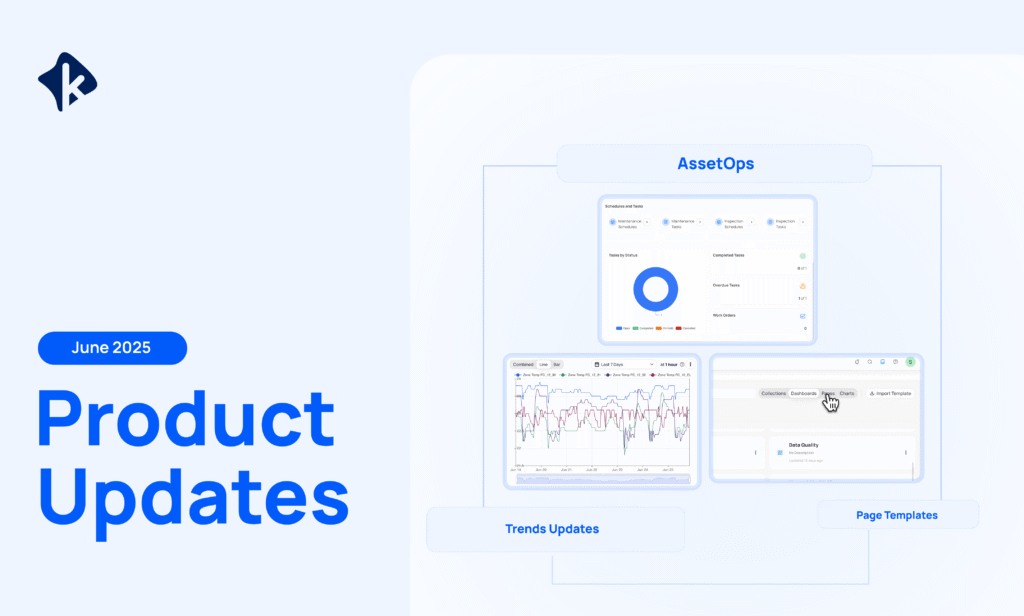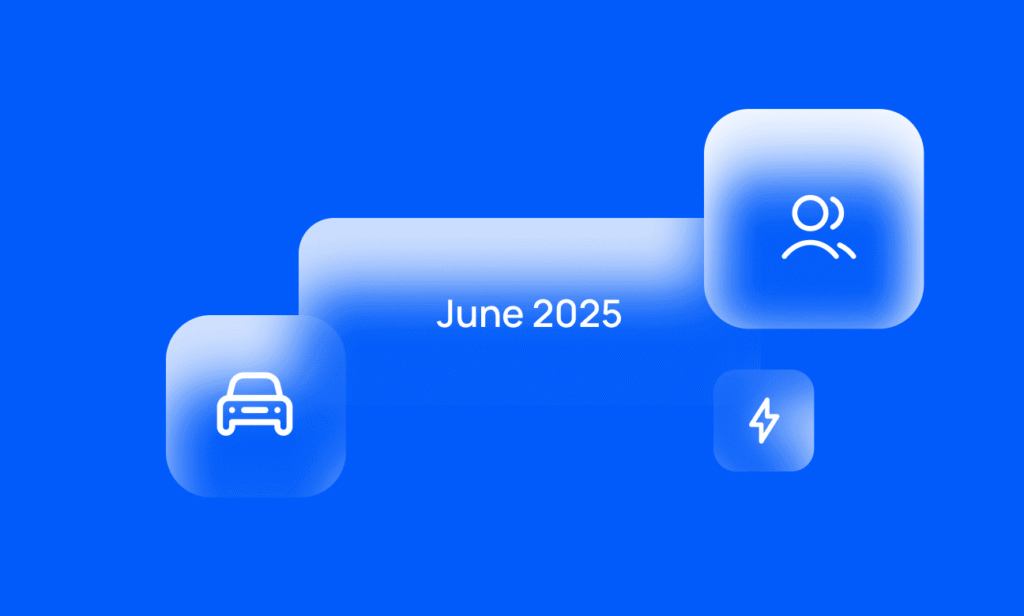By Saruf Alam
On this page
Sign up to our newsletter
Subscribe to receive the latest blog posts to your inbox every week.
By subscribing you agree to with our Privacy Policy.
As building management continues to evolve, the importance of sophisticated and integrated systems is becoming increasingly apparent. Building Automation Systems (BAS) are essential for controlling and monitoring an individual building’s various systems, including mechanical, electrical, and fire safety systems. However, KODE OS takes this one step further by offering a cloud-based operating system that not only enhances traditional BAS capabilities, but also seamlessly integrates with existing BAS, bridging operational and informational technologies. We’re examining the functionalities of BAS and KODE OS, and how their integration creates a powerful synergy that enhances building operations, unlocking a new level of portfolio optimization.
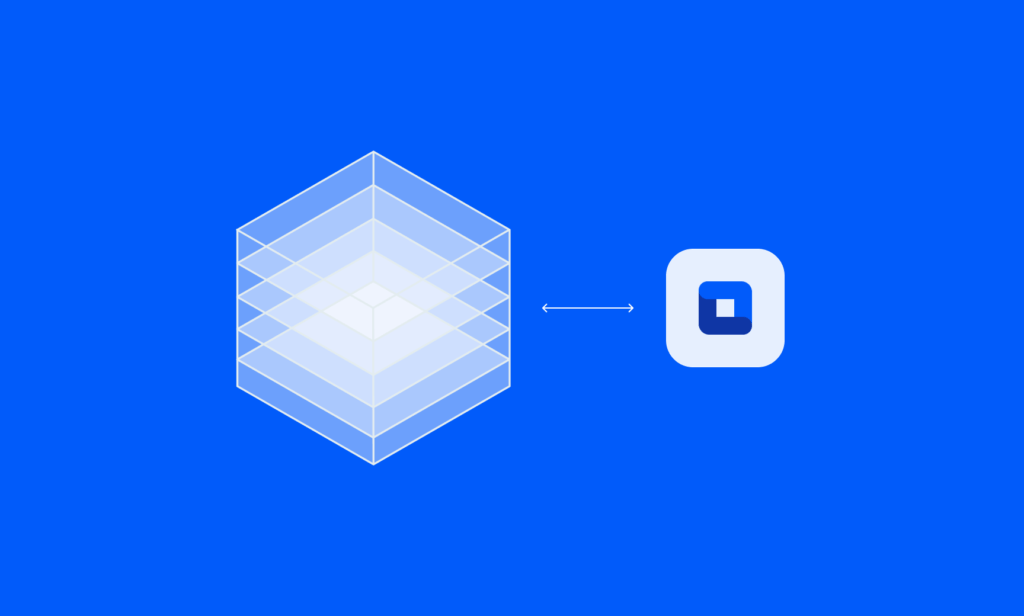
What is a Building Automation System (BAS)?
A Building Automation System (BAS) is a computerized system implemented in buildings to manage mechanical and electrical systems, such as HVAC (heating, ventilation, and air conditioning), lighting, power, fire safety, and security systems. BAS software are typically deployed on-premise and only communicate to technologies at a site level.
What is KODE OS?
KODE OS is a cloud-based operating system that integrates core building systems, IoT, and various operational systems across multiple buildings. It acts as a bridge between operational technologies and information technologies. It pulls and pushes data to ensure that operational data, such as building automation systems (BAS), meters, access control systems, elevators, and parking, seamlessly integrate with operational and IT systems like computerized maintenance management systems (CMMS), visitor management, sensors, and more. KODE OS ties into BAS to ensure users can get the most out of both building and portfolio optimization. With KODE OS, users can also read/write to equipment so it becomes a day-to-day operational tool.
KODE OS provides a unified interface for real-time monitoring, analysis, and control of building systems, accompanied by machine learning and artificial intelligence empowered features, making it easier to manage and optimize building performance. This integration not only simplifies building management but also enhances overall efficiency and responsiveness.
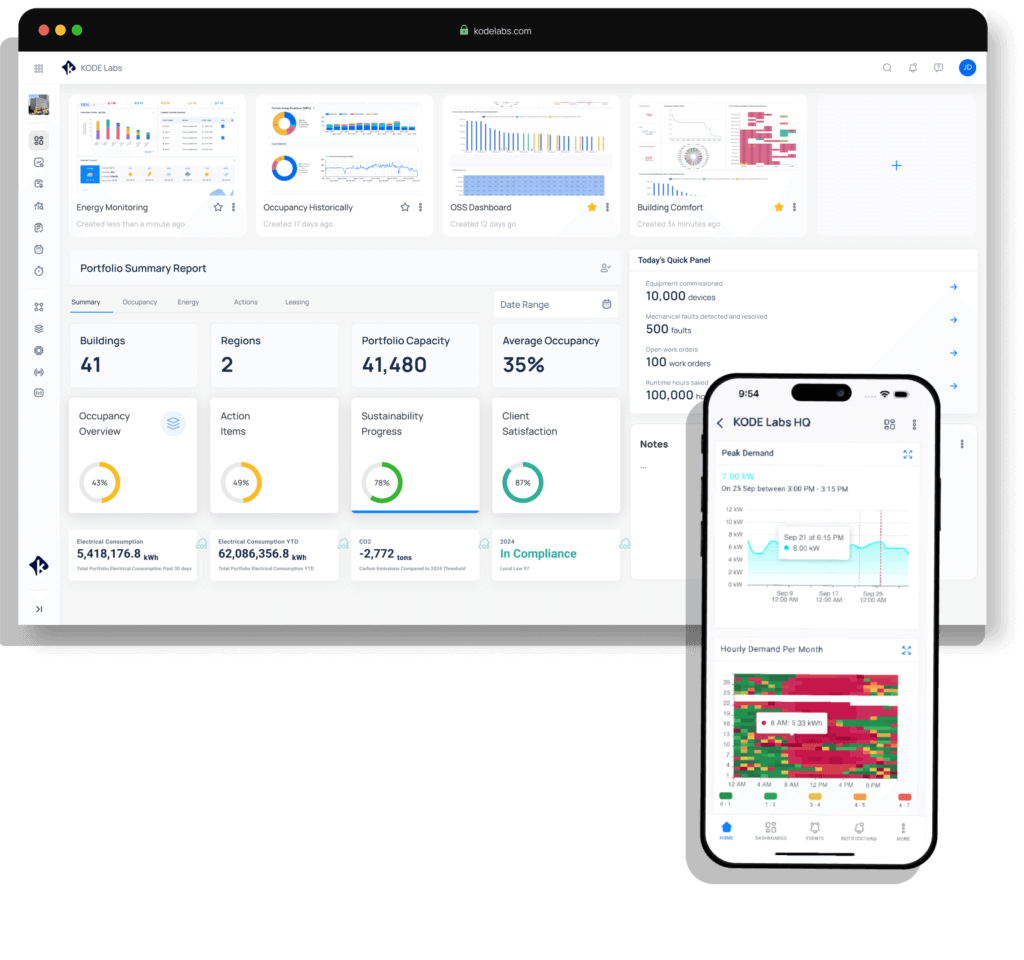
BAS without KODE OS
While BAS, IoT, and other operational software may be in place, these systems are not communicating with one another across portfolios, resulting in a building-by-building strategy.
Some of the main limitations of a BAS-only strategy are:
- Limited Data Insights: While BAS can collect data, it often lacks the advanced analytical tools needed to interpret this data effectively.
- Isolated Systems: Different building systems may not communicate effectively with each other, reducing overall efficiency.
- Reactive Maintenance: Without predictive capabilities, maintenance is often reactive leading to potential downtime and higher costs.
- Manual Adjustments: Facility managers may need to manually analyze data and make adjustments, which can be time-consuming and error-prone. BAS software are not self-serve therefore adding new devices, charts, etc. requires bringing BAS contractors on-site
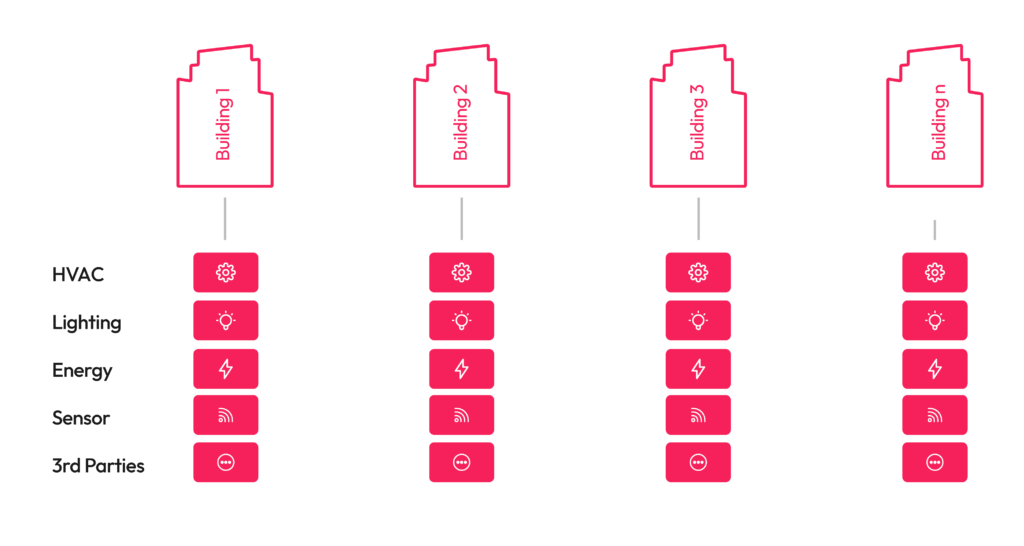
BAS with KODE OS
Integrating KODE OS with a traditional BAS unlocks a new level of building management and optimization. All core building systems, IoT, and operational software are integrated into KODE OS, with full command and control capabilities and visibility across multiple buildings, all in one centralized platform, creating a single source of truth.
- Enhanced Efficiency: KODE OS’ advanced analytics provide deeper insights into building performance, enabling more precise control and optimization of systems.
- Integrated Systems: KODE OS ensures that all building systems work together seamlessly, improving overall functionality and efficiency. It acts as a bridge for integrating a wide range of smart devices and sensors, enabling seamless communication and control.
- Predictive Maintenance: Machine learning algorithms predict potential issues, allowing for maintenance before problems escalate, reducing downtime and extending equipment lifespan.
- Real-time Monitoring & Optimization: The intuitive, self-serve dashboards offer real-time data, making it easier for facility managers to make informed decisions quickly. This empowers users to optimize building performance with ease and efficiency.

DeKODEing the Synergy
Understanding the synergy between BAS and KODE OS reveals a transformative approach to building management. The synergy enhances traditional BAS capabilities leading to smarter, more efficient and more sustainable portfolio-wide operations.
Ready to see how KODE OS can optimize your portfolio? Discover more by booking a demo.


